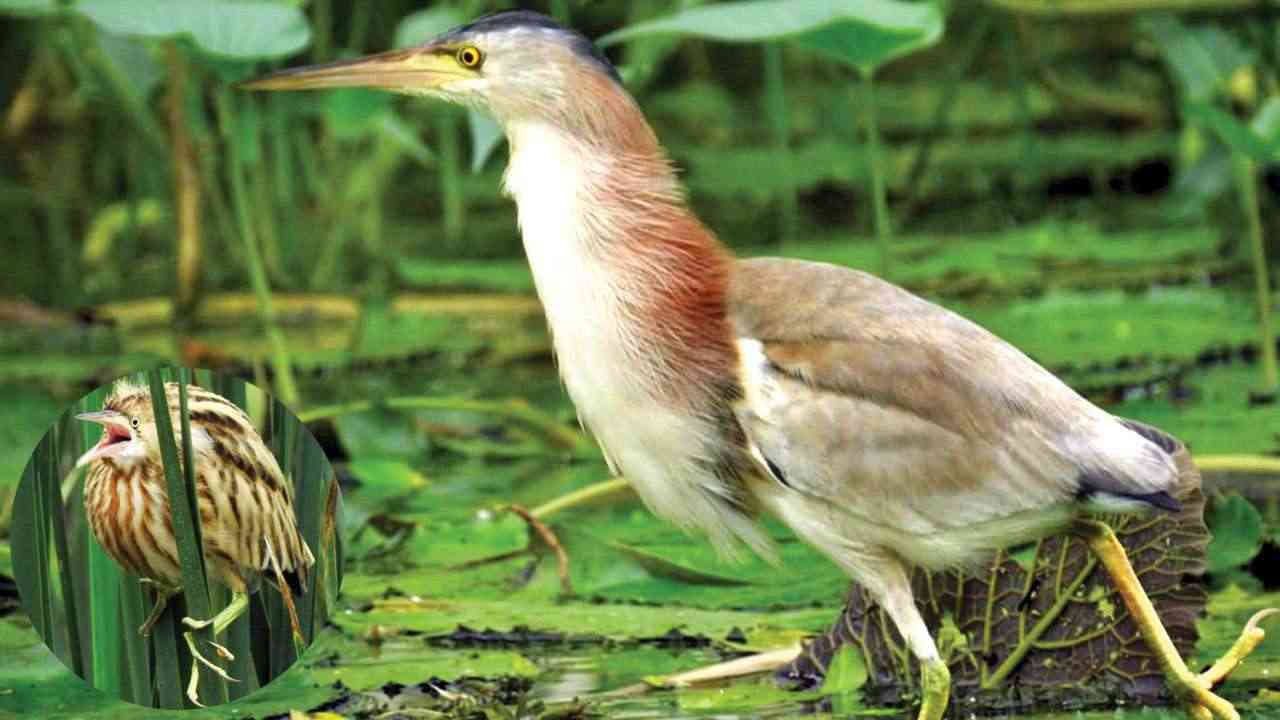Despite ponds being less than 0.5 per cent of Delhi’s area, they are still being used by 37 per cent of bird species, both local and migratory, as winter habitat in the mega city, researchers said on Monday.
This makes Delhi’s ponds the most bio-diverse of any urban ponds anywhere in the world, as best as they can make out.
The researchers, Prakhar Rawal, Swati Kittur, Murali Krishna Chatakonda and K.S. Gopi Sundar, discover that conditions at ponds have been extremely diverse.
Some have been extremely polluted with dumps of garbage, while others are wonderful healthy wetlands. Yet others are ‘beautified’ to allow easy access to people in the city as walking spaces.
This is the first time anyone has ever carefully and robustly documented the state of ponds at the scale of an entire mega city.
The researchers have nothing to compare their findings of the pond quality with other studies and hope that there will be studies in other mega cities to understand if Delhi’s ponds are good, bad, or ugly.
The ponds (wetlands less than 5 hectares) are one of the least studied, yet most endangered habitats in the world.
Urban ponds are even more imperiled and ironically are even less understood relative to other ponds such as those found in agricultural areas.
“In India, urban ecology is a subject rarely worked on, and there has been no work at all on our urban ponds. This lack of work is led by an implicit assumption that ponds in cities are dumping grounds for waste and therefore not useful for wildlife,” world acclaimed ornithologist Gopi Sundar told IANS.
“However, we thought of what it might take to conserve wild diversity in Indian cities, and presumed that tiny remnant habitats, such as ponds, are the best bet for our urban areas.”
In their two papers just published in international journals, including one in the prestigious ‘Biological Conservation’, the researchers were mainly focused on: Could ponds that remain in cities be useful to preserve wild diversity?
Delhi is gearing up to become part of the largest urban area in the world as part of the National Capital Region (NCR).
It is also predicted to be the second most populous urban area in the world. Perhaps owing to this incredible amount of urbanisation, Delhi’s remnant habitats have not been explored by ecologists to understand if these could be valuable habitat to wild species.
“We created a map of urban wetlands of Delhi using GoogleEarth, and found that Delhi still retained hundreds of wetlands, mostly very small. This retention was quite surprising (pleasantly) but was the result of existing policy that prevents the conversion of any wetland in Delhi,” Sundar said.
“We then developed a design to understand the bird use of these ponds, and measured several variables relating to existing hypotheses in urban ecology. Our overall objective was to see how many bird species were still using Delhi’s ponds, and to analyse which variables seem to be driving bird use of these tiny remnant habitats.
“I might add that such a study of urban ponds of a mega city has never been undertaken anywhere in the world. Previous studies have either looked at large wetlands or a small number of wetlands, with no attempt to understand how birds use wetlands across an entire mega city,” he explained.
The researchers found that in ponds in the national capital where more wetland habitats have been preserved such as reeds, grasses and shallow shorelines the diversity of bird species is the highest.
This diversity included amazing species like pied avocets, ferruginous pochards and painted storks. Prior to their work, these species were thought to require undisturbed large wetlands.
In Delhi, these birds use ponds that have thousands of people living all around them.
They also discovered that management of ponds is also driving the patterns of how many species and how many birds are able to use the ponds.
The management of Delhi’s ponds is towards making them useful for people, and not to make them better habitats for wildlife such as birds. Despite this focus, Delhi’s ponds hold a surprisingly high number of species, and varieties of birds.
(Vishal Gulati can be contacted at [email protected])
Source: IANS

















